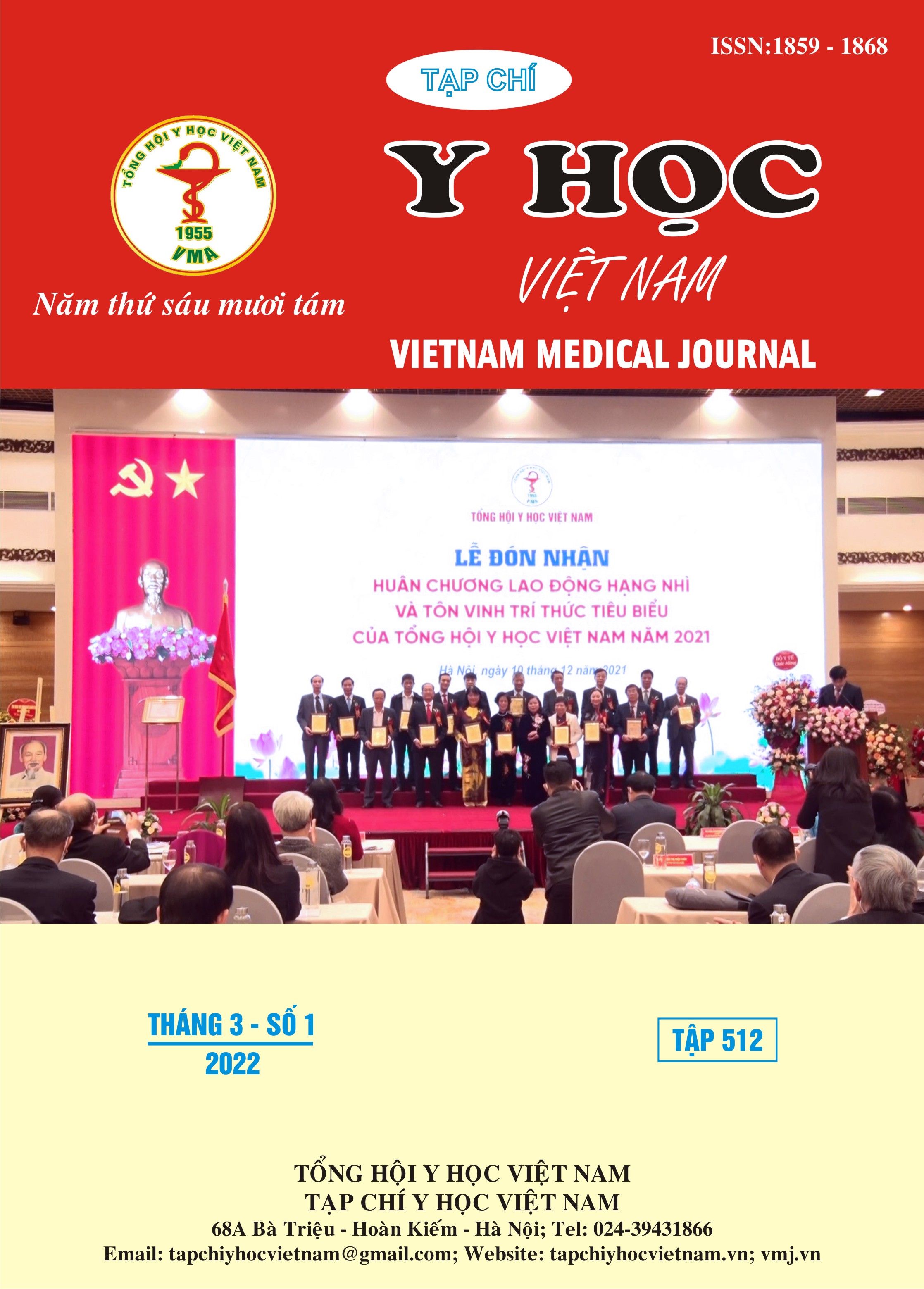RESULT OF TREATING ANAPHYLAXIS IN INTENSIVE CARE & TOXICOLOGY UNIT AT NGHE AN OBSTETRICS AND PEDIATRICS HOSPITAL FROM 2018 TO 2019
Main Article Content
Abstract
Purpose: Evaluate treatment results of anaphylaxis in intensive care and toxicology unit at Nghe An Obstetrics and Pediatrics hospital. Methods: A cross-sectional study on twenty-eighth patients diagnosed with anaphylaxis and was treated in intensive care and toxicology unit at Nghe An Obstetrics and Pediatrics hospital from January 2018 to September 2019. Results: Antibiotic is the main cause of anaphylaxis, accounting for 82.1%, followed by vaccines at 14.3%. Grade III anaphylaxis accounted for the majority (64.3%) and 10.7% had a history of allergy. After treatment: 25 patients (89.3%) were discharged from the hospital in stable condition, 3 patients (10.7%) died. All patients were initially managed with intramuscular adrenaline and received respiratory support. All deaths were grade III of anaphylaxis and were caused by intravenous antibiotic allergens. Conclusions: It is vital to detect anaphylaxis early and manage it promptly. Intramuscular adrenaline as soon as possible for grade II anaphylaxis or higher.
Article Details
Keywords
anaphylaxis, treatment results, children
References
2. Kanika Piromrat et al (2008). Anaphylaxis in an emergency department: a 2- year study in a tertiary – care hospital. Asian Pacific Journal of allergy and immunology; 26(2-3): 121-128
3. Decker WW, Campbell RL, Manivannan V et (2008). The etiology and incideence of anphylaxix in Rochester, Minesota: a report from the Rochester Epidemiology Project. The Journal of allergy and clinicalimmunology, 122: 1161-1165
4. Sheikh A, Hippisley-Cox J, Newton J, Fenty J (2008). Trends in national incideence lifetime prevalence and adrenaline prescribing for anaphylaxis in England. Journal of the Royal Society of Medicine; 101: 139-143
5. Tạ Anh Tuấn, Đậu Việt Hùng, Trần Đăng Xoay và cộng sự (2017). Đặc điểm lâm sàng và kết quả điều trị sốc phản vệ tại khoa điều trị tích cực bệnh viện Nhi trung ương. Tạp chí y học thực hành, 8 (1054): 121-124.
6. Sampson HA, Munoz-Furlong A, Campbell RL et al (2006). Second symposium on the definition and management of anaphylaxis: summary report--Second National Institute of Allergy and Infectious Disease/Food Allergy and Anaphylaxis Network symposium. TheJournal of allergy and clinical immunology; 117: 391-397.
7. Thông tư số 51/2017/TT-BYT ngày 29/12/2017 hướng dẫn phòng, chẩn đoán và xử trí phản vệ.
8. Bạch Văn Cam và cộng sự (2015), Đặc điểm dịch tễ học lâm sàng và kết quả điều trị sốc phản vệ ở trẻ em tại Bệnh viện Nhi đồng 1. Tạp chí Y học TP. Hồ Chí Minh. 15 (2), 79-82.
9. M. Serbes, D. Can, F. Atlihan, et al (2013) Common features of anaphylaxis in children. Allergologia et Immunopathologia. 41 (4): 255-260.
10. J. Azevedo, Â. Gaspar, I. Mota, et al (2019). Anaphylaxis to beta-lactam antibiotics at pediatric age: Six-year survey. Allergologia et Immunopathologia. 47 (2): 128-132.


